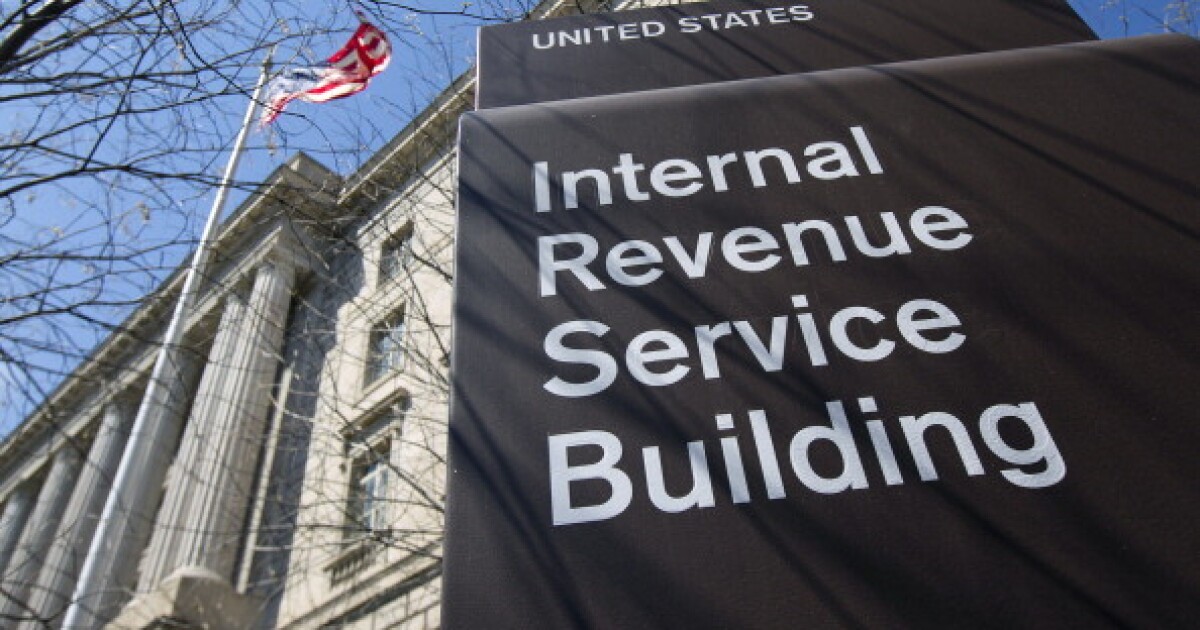Business groups are mobilizing to squelch a plan gathering momentum among Republicans to curtail a heavily used federal income tax break that allows corporations to deduct state and local taxes.
The proposal to cap or eliminate the so-called C-SALT deduction, which has especially riled manufacturers, oil and gas producers and life insurers, is gaining traction with lawmakers as they search for ways to contain the cost of a giant tax cut package Republicans are rushing to approve by the end of May.
C-SALT finds itself in political peril — at least partially — because of the debate over the individual SALT deduction. The household version of that write-off has become one of the most hot-button tax issues in Congress ever since President Donald Trump limited it to $10,000 in his first-term tax bill.
Administration officials and Capitol Hill Republicans are mulling trimming C-SALT as a way to pay for increasing the individual SALT deduction to $25,000. That’s an expensive proposition that will likely require the party to find offsets elsewhere.
Enter the struggle over corporate SALT, which is playing out as the drive to pass tax legislation enters a period of both high risk and great opportunity for myriad interest groups. Lawmakers in the coming weeks hope to work out the measure’s final details and impose some semblance of balance between tax cuts and offsetting revenue increases.
Senate Republicans’ budget gives them $1.5 trillion for new tax cuts over the next 10 years, on top of renewing President Donald Trump’s expiring 2017 tax cuts.
Republicans are looking for a way to squeeze in new tax cuts on tips, overtime pay and auto loans as well as a higher standard deduction for seniors into that allowance.
In 2017, Republicans held a large enough majority in Congress that they were able to brush aside concerns of residents of high-tax states such as New York, New Jersey and California over the $10,000 cap individual SALT to offset other tax cuts. This time, the GOP’s margin in the House is razor-thin and at least six Republicans representing high-tax states are insisting the limit be raised.
Business backlash
The corporate SALT break is a parallel version of the deduction for individual taxpayers, except that it was left uncapped in 2017 law. Corporations currently can write-off state levies on income, property and other taxes such as on oil production from income subject to the 21% federal corporate tax.
Business groups including the U.S. Chamber of Commerce, National Association of Manufacturers, Retail Industry Leaders Association, American Petroleum Institute and American Hotel and Lodging Association are all lobbying Congress to shelve the proposal.
The right-of-center Tax Foundation estimates that ending the break for business income taxes would raise $223 billion over 10 years, while ending it for income and property tax would result in $432 billion in new revenue. The broader proposal would cause 147,000 job losses, the group projects.
Watson McLeish, senior vice president for tax policy at the U.S. Chamber of Commerce, said the proposal will make the country less competitive because it partially reverses the corporate tax cuts in the 2017 law.
The proposal would at a minimum raise the effective rate on U.S. corporations by an average 1.25%, he said.
Manufacturers are the heaviest users of the tax break with the finance industry closely behind, according to the Tax Foundation study.
Life insurers argue that they will be squeezed because they will lose deductions for state taxes on premiums but can’t quickly adjust rates on long-term policies to pass on the added cost to customers.
Manufacturers would be especially hard hit by limitations on deducting local property because of the large physical footprint of many plants, said Charles Crain, a vice president of the manufacturers association.
“If you increase taxes on manufacturers, there is less capital available for job creation, capital investment and research and development,” Crain said.
Retailers are warning they could be hit with higher effective tax rates under the proposal, further squeezing tight margins already under pressure from Trump’s tariff increases.
That “would provide a disincentive for employers to invest in new facilities or employment,” said Courtney Titus Brooks, a vice president with the retailers group.
Chirag Shah, with the hoteliers group, predicts loss of the tax break “could end up being a major challenge for jobs in the industry.”
The Petroleum Institute’s Aaron Padilla said including state levies on the production of non-renewable resources known as severance taxes would damage Trump’s efforts to promote production and “would be discriminatory against oil and natural gas.”
Proponents of capping business SALT breaks say part of the reason to do so is because states have used the corporate break to allow residents to get around the individual SALT cap by re-classifying income as business earnings.
“That’s becoming more widespread and more expensive,” said Marc Goldwein of the Committee for a Responsible Federal Budget, which advocates for deficit reduction.


 Economics1 week ago
Economics1 week ago
 Personal Finance7 days ago
Personal Finance7 days ago
 Accounting1 week ago
Accounting1 week ago
 Economics1 week ago
Economics1 week ago
 Blog Post4 days ago
Blog Post4 days ago
 Economics1 week ago
Economics1 week ago
 Economics5 days ago
Economics5 days ago
 Personal Finance7 days ago
Personal Finance7 days ago












